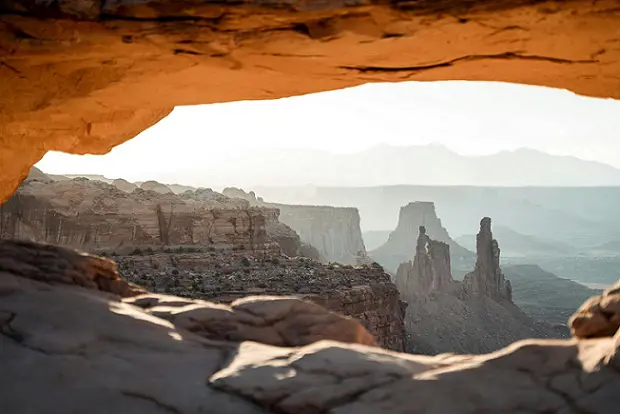
A Southwestern Road Trip Experience
There’s something timeless about a road trip through the American Southwest. The open highways, red rock canyons, and desert skies evoke a sense of freedom and possibility. Yet beneath the scenic beauty lies a dynamic region undergoing fundamental changes.
Starting in Phoenix, Arizona, the city’s skyline tells a story of rapid growth. Once known primarily for retirement communities and suburban sprawl, Phoenix has emerged as a hub for tech and logistics. Industrial real estate is booming, with massive distribution centers popping up along the I-10 corridor. The city’s relative affordability compared to coastal markets has attracted companies and investors alike. However, rising land prices and water scarcity are beginning to temper enthusiasm, prompting developers to rethink sustainability and long-term viability.
Heading north to Flagstaff, the contrast is striking. This mountain town thrives on tourism and education, anchored by Northern Arizona University. Commercial development in this area is more restrained, with a focus on mixed-use projects that blend retail, residential, and hospitality elements. Investors are watching closely as smaller cities like Flagstaff and Sedona attract remote workers seeking lifestyle over density.
Crossing into New Mexico, Albuquerque offers a compelling case study in economic diversification. Once dependent on government and defense, the city is now experiencing growth in healthcare, film production, and renewable energy. Commercial real estate is responding with adaptive reuse projects: transforming old warehouses into studios and clinics. The state’s generous tax incentives have made it a magnet for investors looking beyond traditional markets.
Driving east toward Santa Fe, the economic narrative shifts again. Known for its art scene and historic charm, Santa Fe’s commercial real estate is dominated by boutique hotels, galleries, and high-end retail. While not a hotbed for industrial growth, the city’s emphasis on cultural tourism and luxury experiences makes it a niche market for investors with a creative edge.
Finally, heading south to Las Cruces, the road trip ends in a city quietly gaining traction. Located near the U.S.-Mexico border, Las Cruces is benefiting from increased cross-border trade and infrastructure investment. Industrial parks and logistics hubs are expanding, and commercial real estate is following suit. The city’s proximity to El Paso and affordable land make it a strategic location for companies looking to scale operations.
The Southwest is more than a scenic escape—it’s a region in transition. From booming logistics in Phoenix to adaptive reuse in Albuquerque, commercial real estate is evolving in response to demographic shifts, climate concerns, and investment trends. Investors are increasingly looking at secondary and tertiary markets across the SMILE states for growth, while developers are prioritizing sustainability and mixed-use flexibility.
As the road unwinds through deserts and mountains, it’s clear that the Southwest’s economic landscape is as varied and vibrant as its natural one. For those with an eye on opportunity, the journey is just beginning.
Carey S. Blakley, CFA
